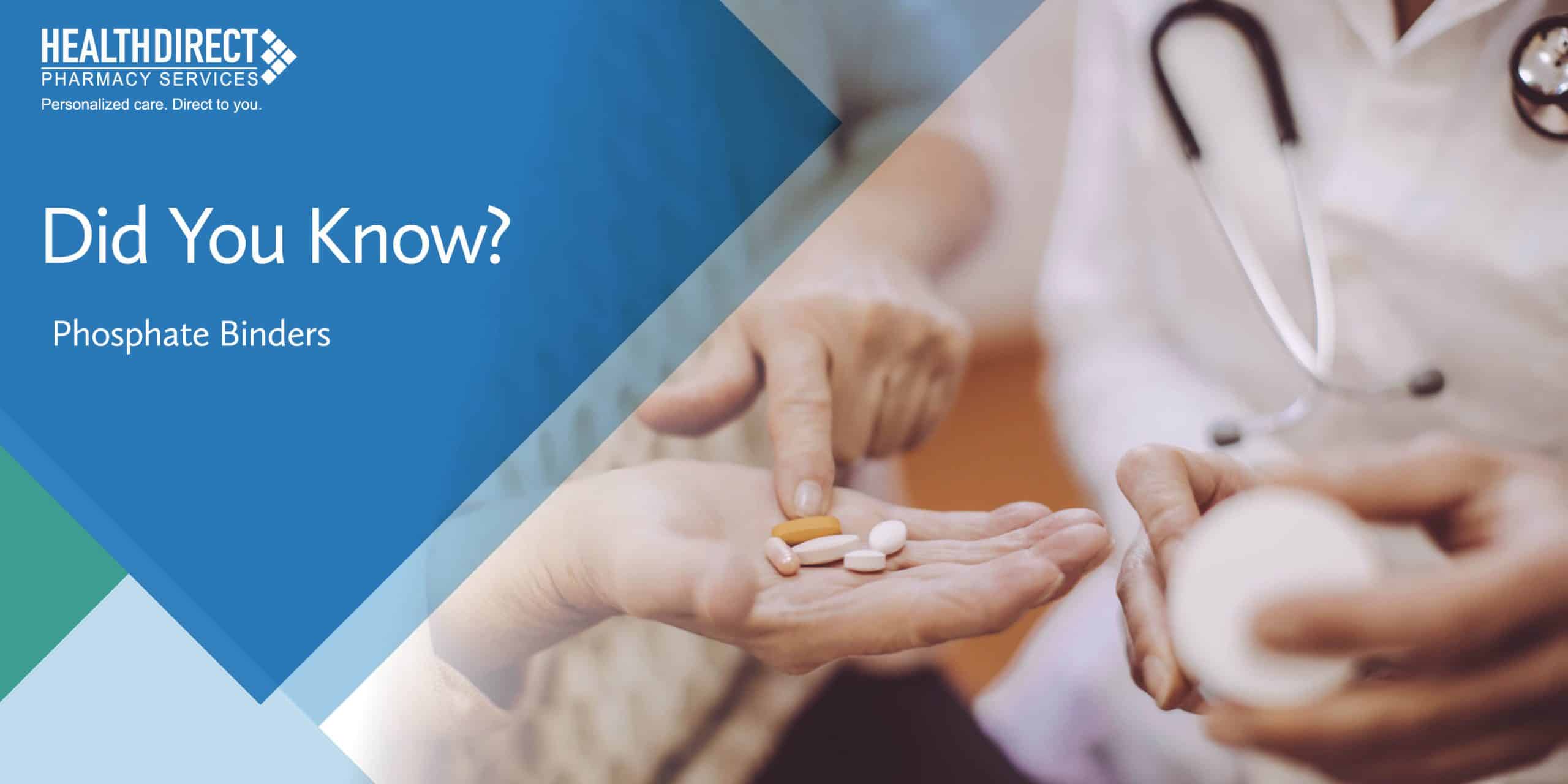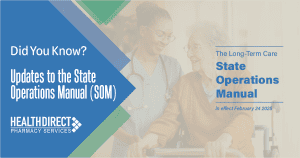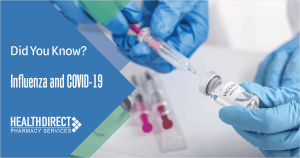Serum Phosphate
Serum phosphate concentration is primarily determined by the ability of the kidneys to excrete dietary phosphate. In kidney disease, excretion can be impaired, leading to higher phosphate levels. Hyperphosphatemia has been associated with increased morbidity and mortality. Phosphate binders are used to treat hyperphosphatemia that stems from many different causes including hyperparathyroidism, bisphosphonates, vitamin D toxicity, and very commonly, kidney disease.1 Acute hyperphosphatemia typically resolves in 6-12 hours if kidney function is sufficient, and the phosphate excretion can be increased with saline infusion.2 Dietary phosphate restriction and phosphate binders are utilized to treat chronic hyperphosphatemia found in chronic kidney disease. In most patients, the goal is to maintain the serum phosphate concentration between 3.5 and 5.5 mg/dL. Phosphate binders work exactly as they sound- they attach to phosphate from food in the digestive tract, ultimately decreasing the amount of phosphate absorbed.3 For this reason, phosphate binders should ALWAYS BE TAKEN WITH MEALS to be effective. Phosphate binders are classified as calcium-containing or non-calcium
Phosphate binders are classified as calcium containing or non-calcium containing. Typically, the non-calcium containing binders are preferred unless the serum calcium is low:
- Low calcium: Use a calcium-based binder such as Phoslo (more $) or Tums (Less $).
- Normal-high: Use a non-calcium-based binder. 1st line: Sevelamer carbonate (Renvela) or Lanthanum carbonate (Fosrenol—chewable form).
Phosphate Binders4
| Calcium-Based | Calcium-Based | Calcium and Metal Free | Calcium and Metal Free | Metal-Based | Metal-Based | |
|---|---|---|---|---|---|---|
| Calcium Carbonate (Tums) | Calcium Acetate (PhosLo, Phoslyra) | Sevelamer Carbonate (Renvela) | Sevelamer Carbonate (Renvela) | Lanthanum Carbonate (Fosrenol) | Aluminum Hydroxide (Amphojel) | |
| Content (mineral/metal/element) | Contains 40% elemental Ca2+ (200 mg elemental Ca2+ per 500 mg CaCO3) | Contains 25% elemental Ca2+ (169 mg elemental Ca2+ per 667 mg cap) | None | None | Contains 250, 500, 750, or 1000 mg elemental lanthanum per tablet | Contains 250, 500, 750, or 1000 mg elemental lanthanum per tablet |
| Forms | Liquid, tablet, chewable, capsule, gum | Capsule, tablet | Tablet, powder | Tablet | Tablet, chewable | Liquid Tablet Capsule |
| Dosing | OFF label use6 Not to exceed 2 grams/day | 667mg/tab 2 tablets with each meal Inc. every 2-3 weeks up to 3-4 tablets with each meal7 | Initial: (serum phosphorus) 5.5 mg/dL to <7.5 mg/dL: 800 mg 3 times daily ≥7.5 mg/dL to <9 mg/dL: 1,200 to 1,600 mg 3 times daily ≥9 mg/dL: 1,600 mg 3 times daily Maintenance dose: adjustment based on serum phosphorous concentration (goal range of 3.5 to 5.5 mg/dL) Inc. dose by 400-800mg per meal at 2-week intervals8 | Initial: (serum phosphorus) 5.5 mg/dL to <7.5 mg/dL: 800 mg 3 times daily ≥7.5 mg/dL to <9 mg/dL: 1,200 to 1,600 mg 3 times daily ≥9 mg/dL: 1,600 mg 3 times daily Maintenance dose: adjustment based on serum phosphorous concentration (goal range of 3.5 to 5.5 mg/dL) Inc. dose by 400-800mg per meal at 2-week intervals8 | Available 500mg, 750mg, 1000mg 1500mg divided with meals Inc. every 2-3 weeks up to 3000mg daily9 | OFF label use10 For short-term use (≤4 weeks) in patients with severe hyperphosphatemia (eg, >7 mg/dL) despite other treatment |
| Side Effects | Headache, hypercalcemia, hypophosphatemia, abdominal pain, anorexia, constipation, flatulence | Hypercalcemia, diarrhea, nausea, vomiting | Metabolic acidosis, diarrhea, dyspepsia, nausea, vomiting, abdominal pain, constipation, flatulence, peritonitis | Metabolic acidosis, diarrhea, dyspepsia, nausea, vomiting, abdominal pain, constipation, flatulence, peritonitis | Diarrhea, nausea, vomiting, hypocalcemia, abdominal pain | Constipation, white speckled fecal, fecal impaction, nausea, stomach cramps, vomiting, hypomagnesemia |
| Advantages | Effective, inexpensive, readily available | Effective phosphate-binding, potentially for enhanced phosphate-binding capability over calcium carbonate, potentially less calcium absorption | Effective; no calcium/metal; not absorbed; assumed to have similar advantages as sevelamer-HCl; potentially improved acid-base balance | Effective; no calcium/metal; not absorbed; potential for reduced coronary/aortic calcification when compared with calcium-based binders in some studies; reduces plasma concentration of LDL-C | Effective; no calcium; chewable | Very effective phosphate-binding capacity; variety of forms |
| Disadvantages | Potential for hypercalcemia-associated risks including extraskeletal calcification and PTH suppression; GI side effects | Potential for hypercalcemia-associated risks including extraskeletal calcification and PTH suppression; more costly than calcium carbonate; GI side effects | Cost; may require calcium supplement in the presence of hypocalcemia; GI side effects | Cost; potential for decreased bicarbonate levels; may require calcium supplement in presence of hypocalcemia; GI side effects | Cost; potential for accumulation of lanthanum due to GI absorption, although long-term clinical consequences unknown; GI side effects, lots of interactions | Potential for aluminum toxicity; altered bone mineralization, dementia; GI side effects |
References
- “Overview of the causes and treatment of hyperphosphatemia”
- “Overview of the causes and treatment of hyperphosphatemia”
- Patient Guide
- Licensed and Available Oral Phosphate Binders
- CKD MBD Guidelines in English
- “Calcium Carbonate” Lexicomp-Drugs Online, Hudson: Lexicomp, Inc.
- “Calcium Acetate” Lexicomp-Drugs Online, Hudson: Lexicomp, Inc.
- “Sevelamer” Lexicomp-Drugs Online, Hudson: Lexicomp, Inc.
- “Lanthanum” Lexicomp-Drugs Online, Hudson: Lexicomp, Inc.
- “Aluminum Hydroxide” Lexicomp-Drugs Online, Hudson: Lexicomp, Inc.




